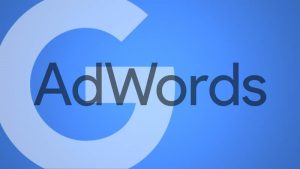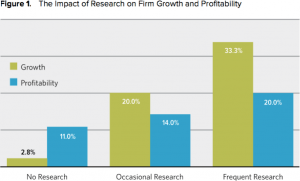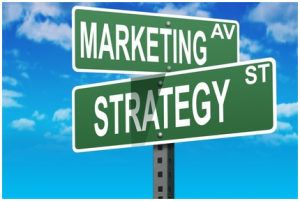 There is a video that asks what you would do with $ 86,400 each day if, at the end of each day, you had to give back what you didn’t use. Most people would want to spend as much money as possible each and every day so they didn’t lose it. By the video’s end, you realize, 86,400 is the number of seconds in a day and you ask yourself, are you using each of those seconds to the best of your ability so nothing goes wasted in the end?
There is a video that asks what you would do with $ 86,400 each day if, at the end of each day, you had to give back what you didn’t use. Most people would want to spend as much money as possible each and every day so they didn’t lose it. By the video’s end, you realize, 86,400 is the number of seconds in a day and you ask yourself, are you using each of those seconds to the best of your ability so nothing goes wasted in the end?
Most millennials realize this and their own buyer’s journey (active research process someone goes through leading up to a purchase in 3 phases – awareness, consideration and decision) has changed with that realization. They do their research online for products and use sites that save them the most time and don’t give a second look to the ones that waste their time. Social marketing strives to do just that (save time, i.e. money), not only for you and your business, but for the customers as well. For the sake of this article I’ll take you through some tips I followed when I recently bought a phone.
Your website should be easy to find, using keywords in a simple Google search
If your business is focused on selling phones, the main topic in your blogs, on your homepage, or other tabs shouldn’t be about County Fairs. Focus on using keywords customers use when looking for a product or service you offer. Blogs should focus on industry news to optimize search engine results, as well as products and services related to the industry. Attract attention through purposeful posts to gain potential customers.
Ensure Your Website is Easy to navigate and understand
This is as simple as making your website visually attractive and simple to follow (ex: not posting phone reviews under plan pricing options). If I can’t find my way around your page, I’m going to leave it and go elsewhere. Wow, those customers with your content and don’t make them search for their answers.
Anticipate customer needs
When I wanted to compare two phones and their features side by side, there was an option for that on the sites providing me with value. The websites that didn’t have that feature, I immediately closed and didn’t return to them. Provide the information to make that potential customer a customer looking to close a sale (decision/purchase phase of the buyer’s journey).
Most importantly: friendly and responsive
When I narrowed down my search between two physical locations, I first wrote to them and called to ask about availability. If your front line staff can’t answer an email or phone call and give more than the generic brochure advertisement, I’m less likely to go in and shop there. Close the sale with the customer at every touch point.
When I finally made my decision (decision phase) it was based on which business best followed these 4 points and provided the best overall client experience. The biggest advantage in all of this research was I easily found the content I wanted, when I wanted (on my own time) and was pleased with excellent follow on assistance when I went to make the purchase. So, for the sake of time and effort, ensure your company has a reliable and interactive social network and website. This social network drives interested buyers to your sites and products. Those sites and products drive them further down the buyer’s journey road and eventually to your location. Once you’re able to close a sale with that customer, continue to wow them by reaching out on those social media platforms and you will not only have a customer, but a loyal, repeat customer who will promote your products.
Digital & Social Articles on Business 2 Community
(143)







